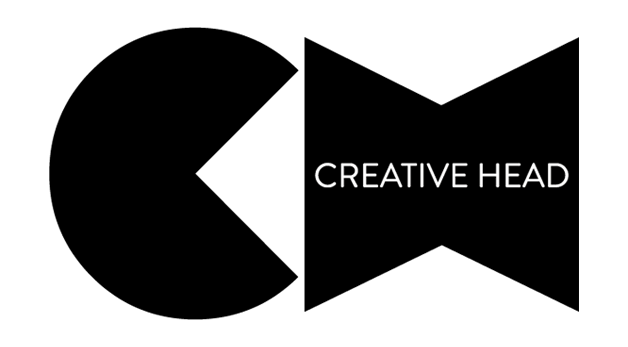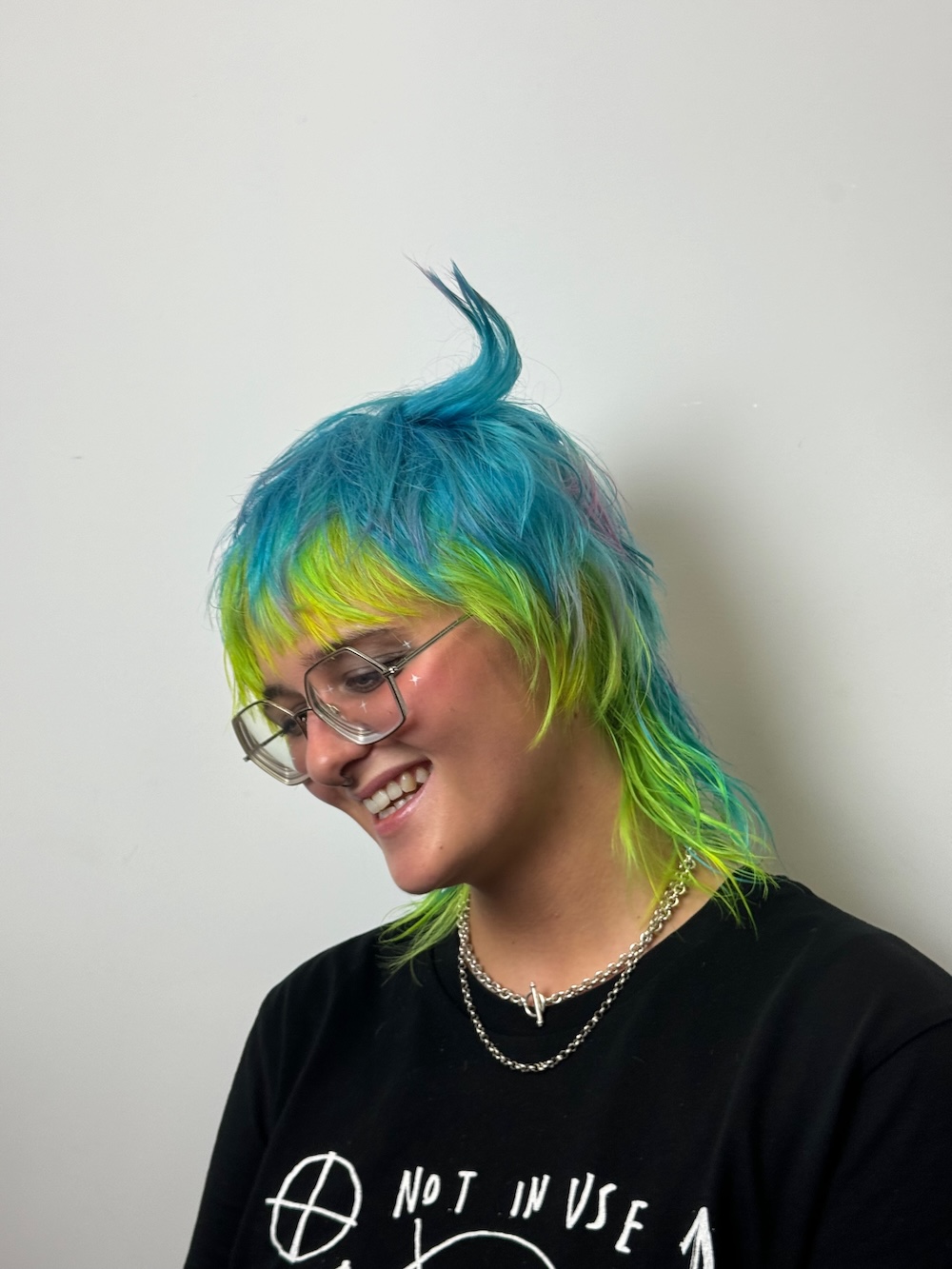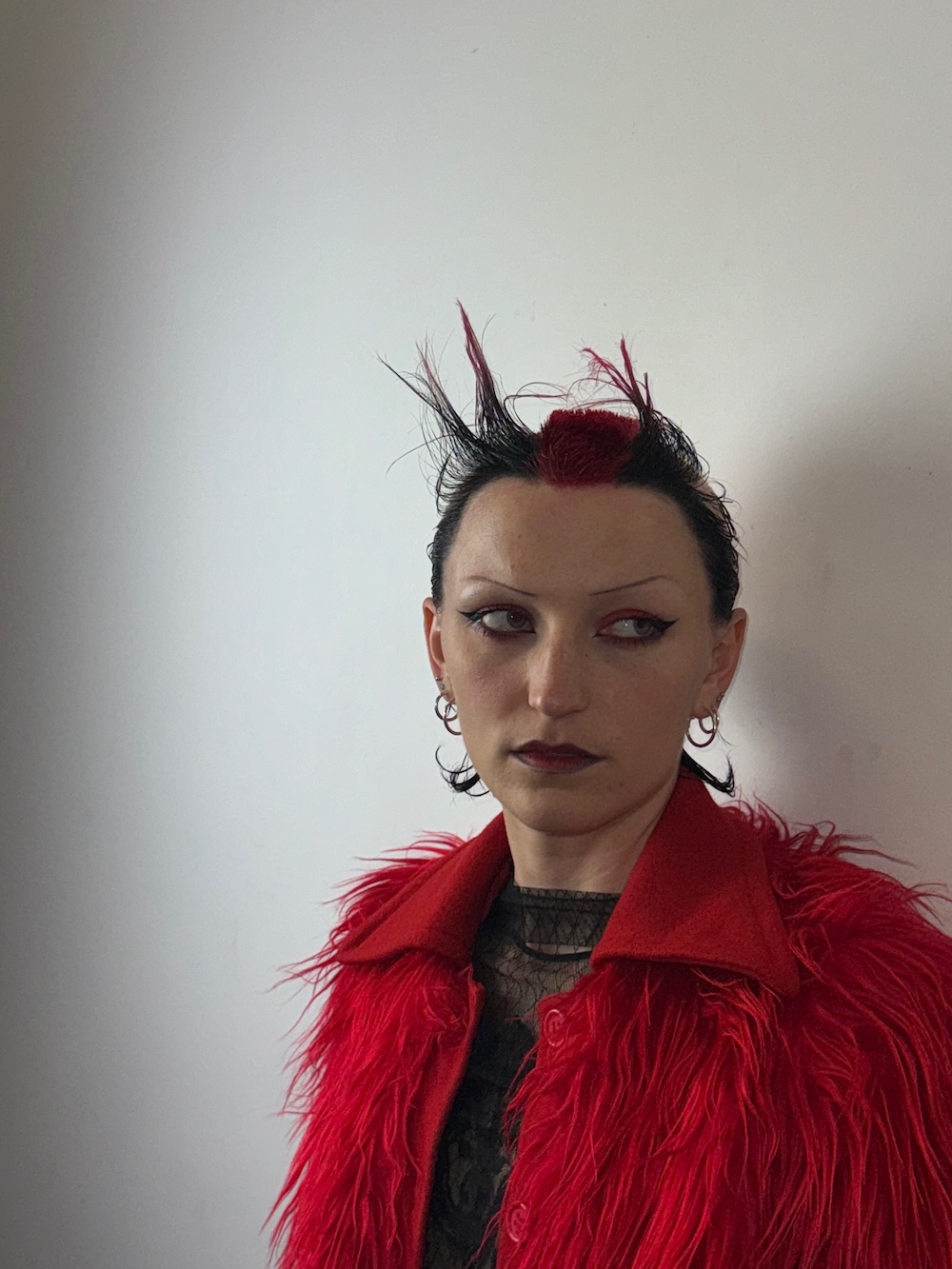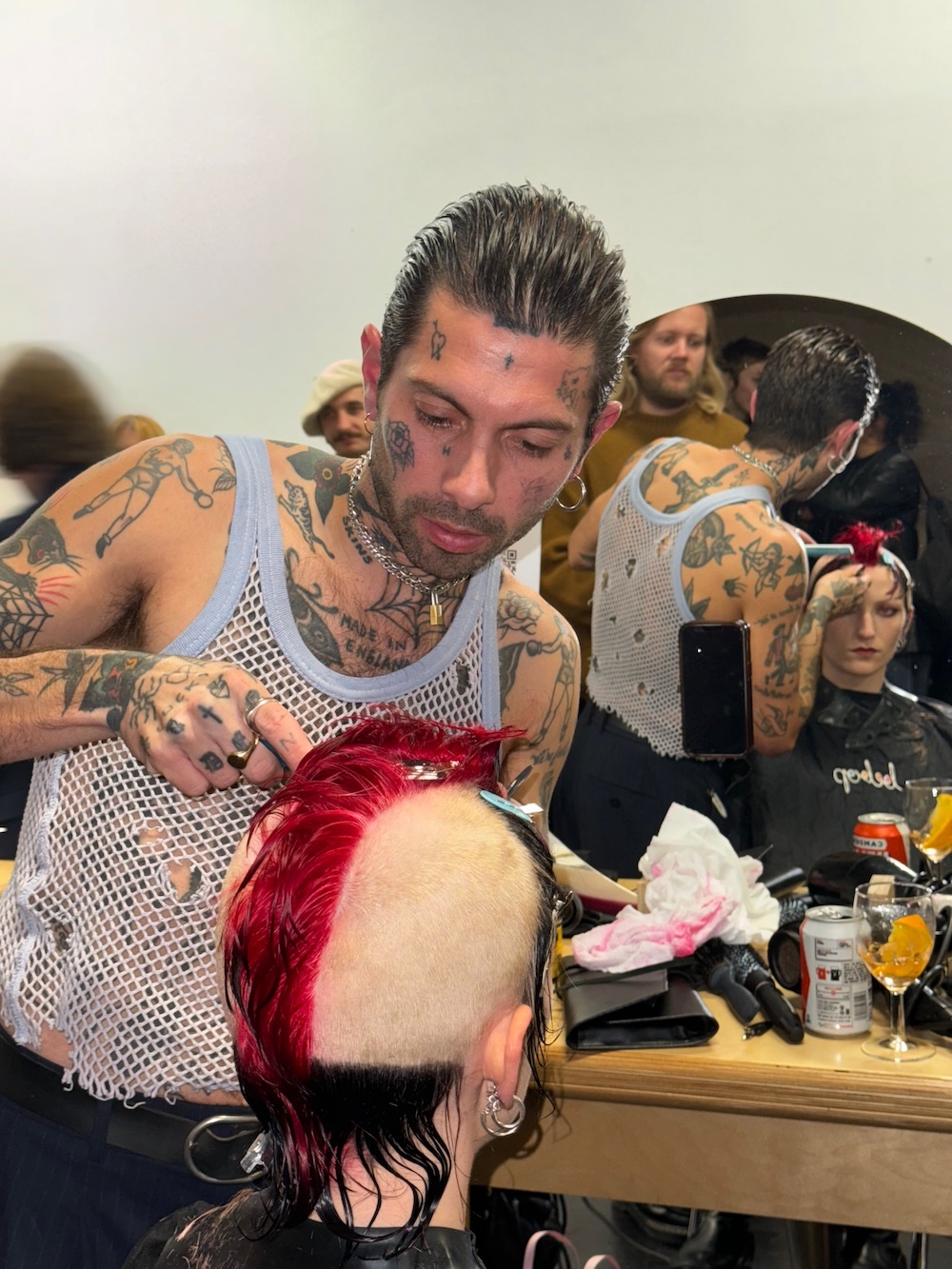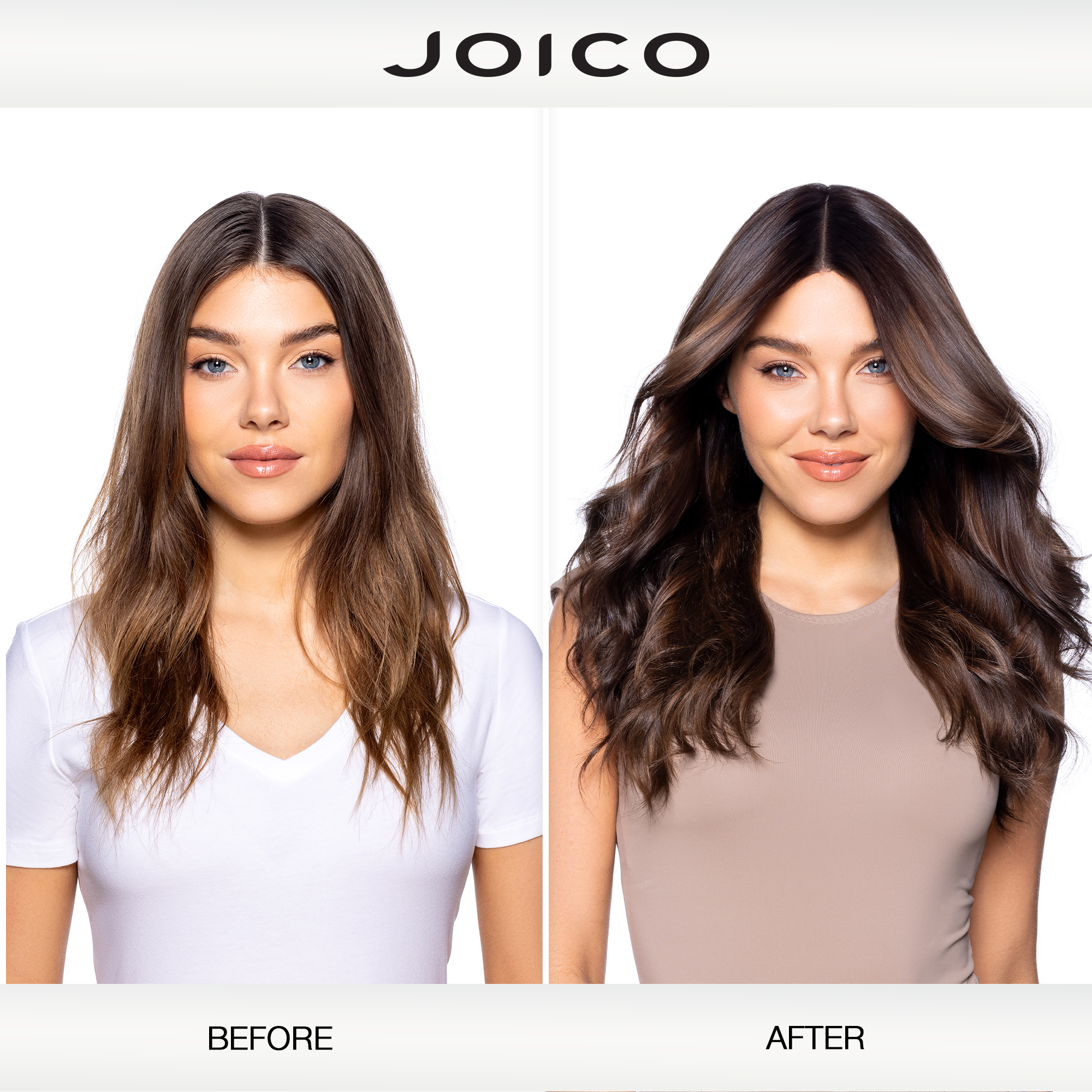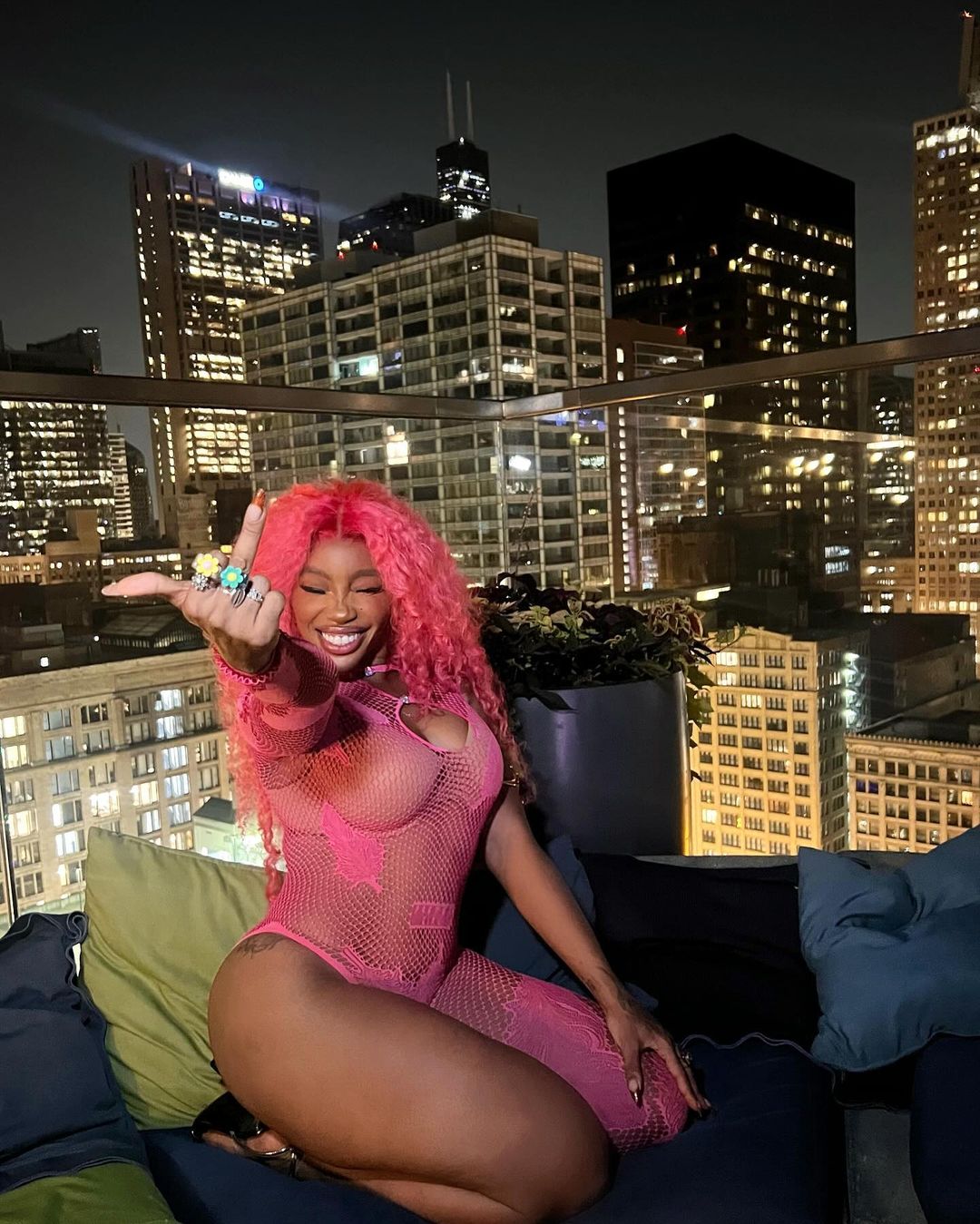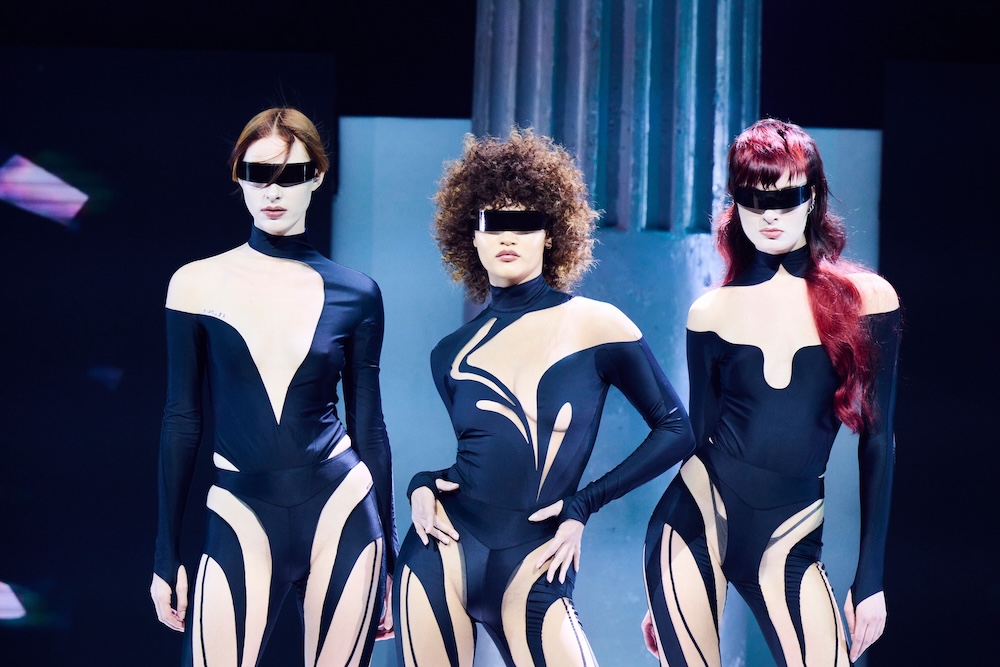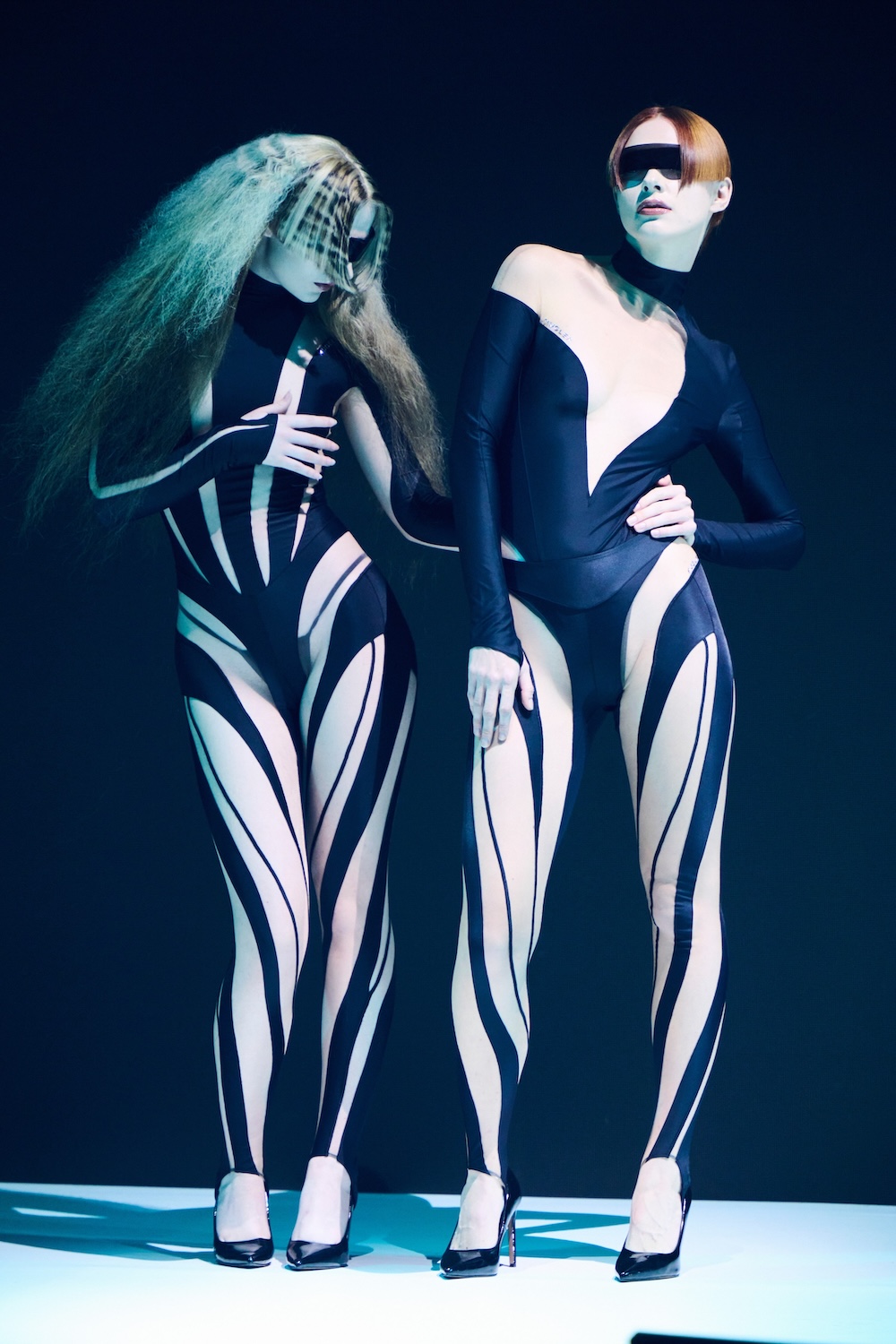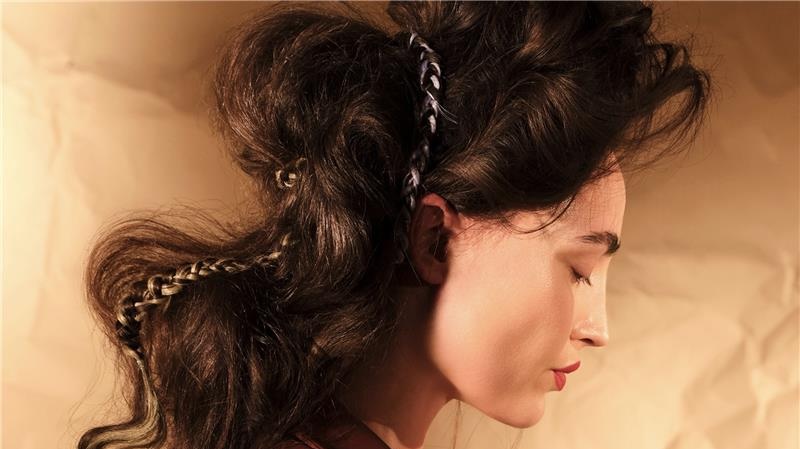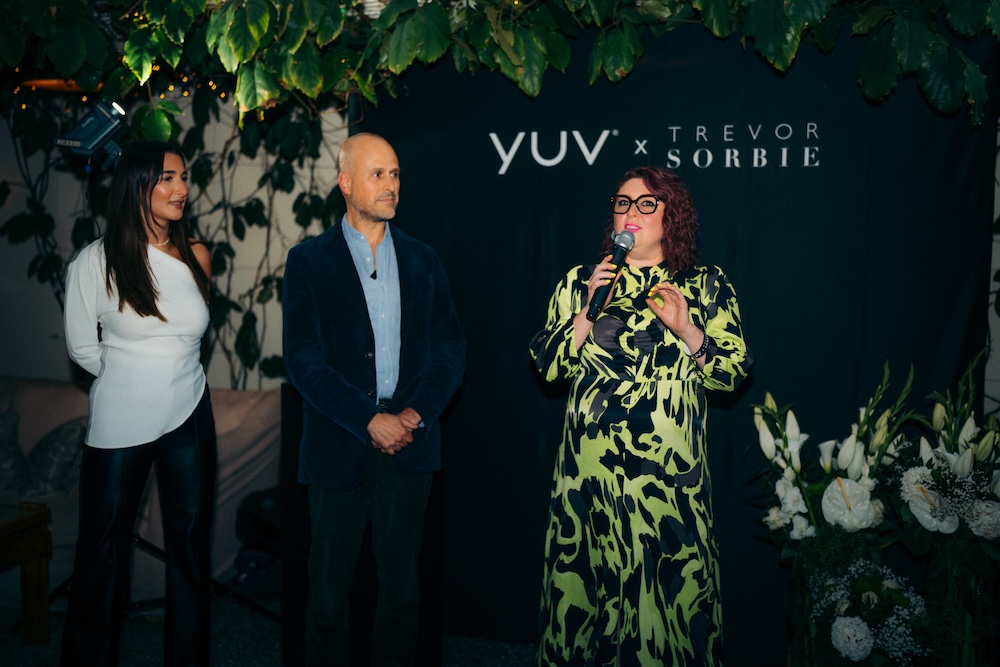
We’re Jammin’… Vivid Hair and Electric Vibes At Hair Jam
We’re Jammin’… Vivid Hair And Electric Vibes At Hair Jam
BeBop hosts third live Hair Jam
by MADDI | INDUSTRY NEWS

It was an electric vibe at the third annual Hair Jam, hosted by Most Wanted Best Salon Team winners, Bebop. Thumping music and creativity oozed out onto the pavement, while inside, bright outfits and even brighter hair ramped up the thrills. Guests sipped on cocktails and wine as they mingled, soaking up the energy.
Quickly becoming a must-attend event for London’s hair community, Hair Jam was set up by Pont Smith, co-owner of Bebop, designed to create a free space for hairstylists and creatives to come together, share their passion and inspire one another.
Twelve talented stylists were invited to create live hair looks on their models, showcasing everything from vivid colour work to avant-garde styling. Among the line–up was It List Rising Star winner, D’Arcy White, as well as Tom Gear, Tanahya Grace, Kay Benes, Vodka, Luke Hawkin, Daniel Leo Stanley, Stevie Leah, Phoebe Friend, Brooke Pascarelli, Laura Wyatt, Tom Warr and Konrad Lucas.
